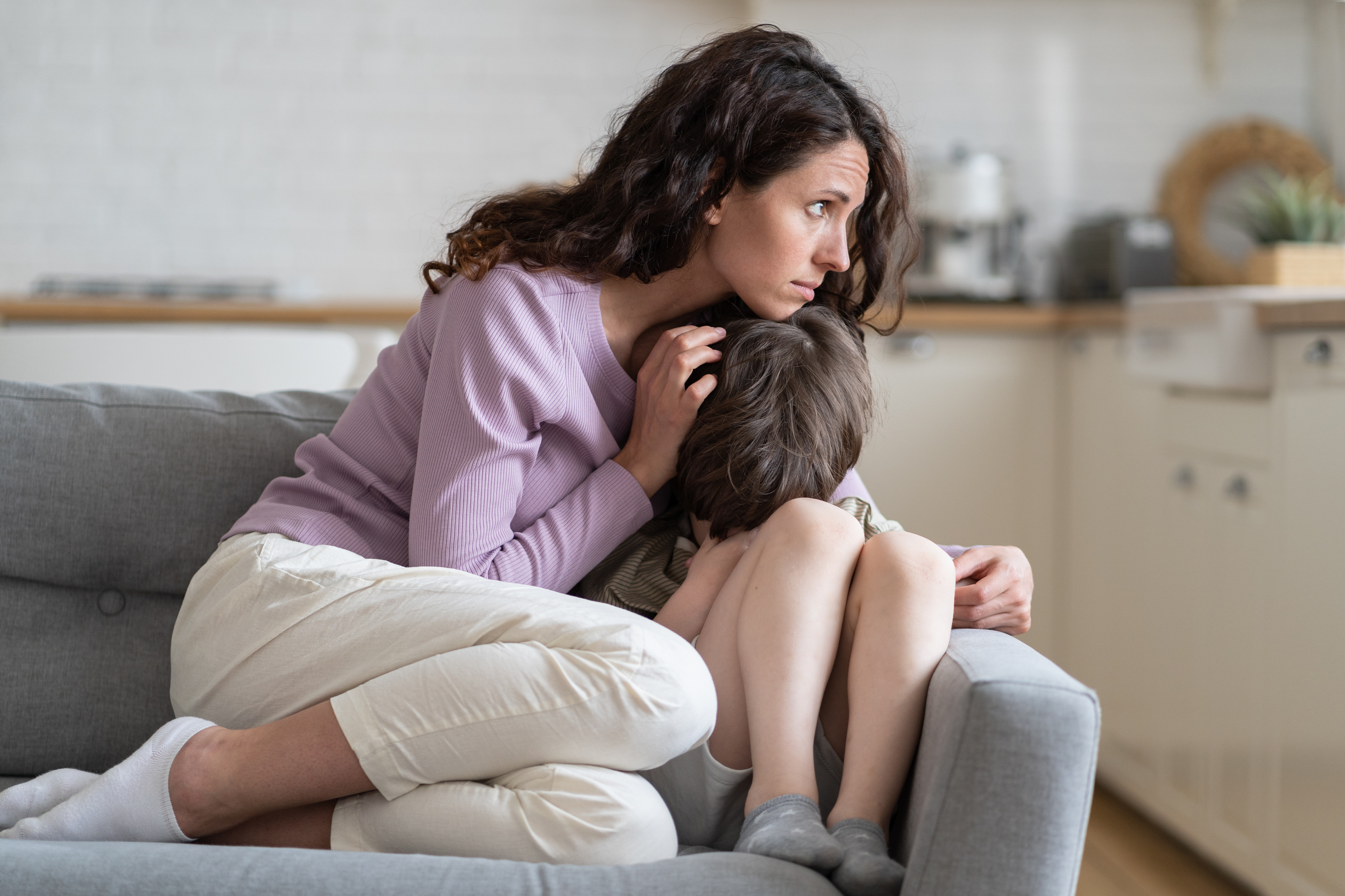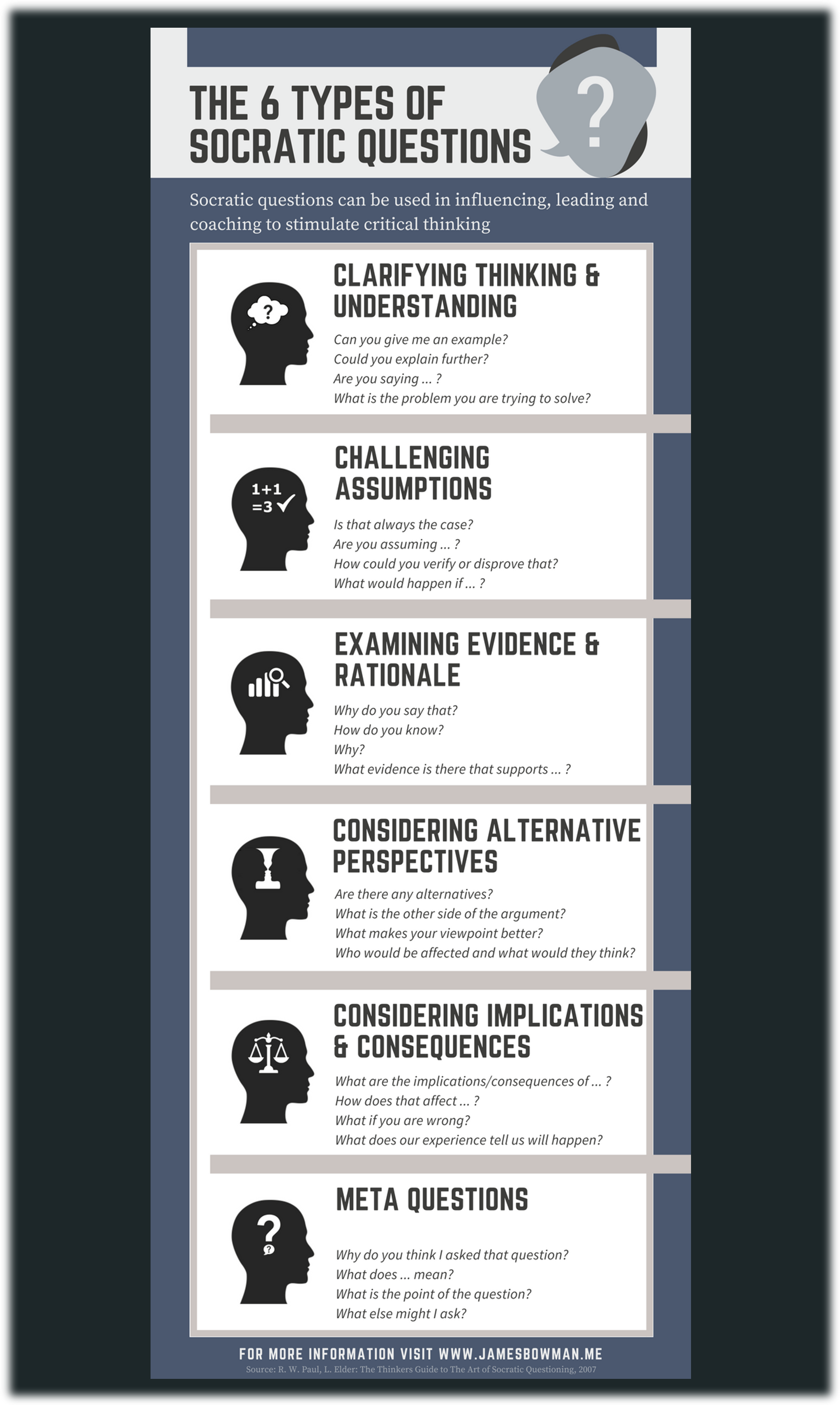The Commonality of Temporary Parent-Child Separation
Many children around the world experience a temporary separation from a parent for a variety of reasons. The United Nations estimates that 232 million people live and work outside of their native countries; as a result, their children experience temporary separations from one or more parents.[1] Children may also experience temporary absences from their parents due to a parent being deployed in the military; in the United States 1.2 million children have a parent on active duty and 730,000 have a parent on reserve military status. An additional 1.7 million U.S. children experience a separation from a parent due to incarceration.[2] Since children depend on their parents to successfully navigate stressful and traumatic events, parental separation can at times be considered a toxic stressor.[3]
Overall effects
As with any early life stress, parental separation takes a physical and psychological toll. Experiencing extreme stressors at a young age put children at risk for anxiety, depression, post-traumatic stress disorder (PTSD), lower IQ, obesity, decreased immune system functioning, cancer, heart and lung disease, stroke and morbidity.[4] Younger children are shown to be more likely to experience maladaptation immediately following separation and have diminishing problems over time.[5] However, the effects of parental separation can follow a child into adulthood, including increased risk for mental health problems, poor social functioning, insecure attachment and disrupted stress reactivity.[6] Additionally, stressors during adolescence can have lasting effects that do not become evident until adulthood.[7]
Stages of childhood development also play a role in the effects of temporary separation as children left behind in the ages of 5-8 may experience delayed cognitive development. Further, adolescents that have been left behind/separated from their parent are more likely to take on greater responsibility for the family and perform more routine household tasks, increasing the adolescent’s vulnerability and potentially leading them to risky behaviors (e.g., alcohol consumption, smoking).[8]
The role of gender
Multiple studies have revealed that the gender of both the child and the parent can play a role in the subsequent effects of temporary parent-child separation. In regards to temporary migrations, Antman’s research (2012) found that daughters who had their father migrate from Mexico to the United States when they were young were tied to higher educational attainment.[9] Antman’s findings tie with previous research that has found paternal migration is not always a stress factor for children left behind and can in times be tied with favorable well-being outcomes due to the changing social status experienced.[10] A study by Mazzucato et al. (2011), found that the effects of a migrating mother are more complex. While families tend to experience economic gain when the father or mother migrate for work,[11] Parrenas (2005) notes that the absence of a mother can lead to increased emotional problems in children (due to the disruption in traditional gender norms regarding child care).[12]
Effects of the different kinds of separations
Different kinds of temporary separation bring about their own complex effects on the children left behind.
Incarceration: Children of incarcerated parents have greater odds of antisocial behavior in their youth, which may be tied to the stigma attached to incarceration making it more difficult for youth to search and find social support.[13]
Migration: Individual studies on the effects of parental migration have reported youth have higher risk of diminished happiness, academic performance and social support seeking along with increased depressive symptoms.[14] The Society for Research in Child Development reports there is an increased mental health risk for both parents and children when they are separated in the immigration process. The Society furthers that native United States children who witness a parent’s border detention or deportation are at an increased risk of developing mental health problems (e.g., anxiety, depression, behavior problems, symptoms of PTSD).[15]
Military Deployment: Rodriguez et al. (2015) note that meta-analyses have shown statistically significant small increases over time in children’s mental health problems, behavior problems and school problems linked to parental military deployments.[16] Different kinds of deployments can also have different degrees of effects. Rodriguez et al. add that wartime deployments and deployments to an area directly involved in war are linked with increased distress and mental health problems among family members.[17] However, youth and parental ratings of family functioning are shown to improve with an increasing number of military deployments, most likely due to becoming accustomed with the situation.[18]
Communication is Key
Despite the afore-mentioned negatives, temporary parent-child separations can be an opportunity to foster quality communication between the parent and child, creating resilience in children. The level of communication between parent and child can have great effects on the child’s mental health and overall acclimation to a change in family functioning. Zhou et al. (2021) found that low frequency of parent-child communication put children aged 7-17 at higher risk for developing depressive symptoms; conversely, high frequency of communication was tied with enhanced quality of life for the children left behind/separated.[19] It has also been shown that youth who have contact with their incarcerated parents report less alienation and anger in regards to the incarcerated parent, and are less likely to have school problems.[20]
Quality communication between the parent and child helps to foster resilience, the ability to recover from stressful experiences quickly and efficiently. Building such resilience is a great skill for any child to have since it can help them overcome the eventual hurdles of life. Other ways caregivers can foster resilience in children include:[21,22]
Explaining where and why the parent is leaving in advance of the departure
Allowing the child to take part in leave-taking rituals (e.g., allowing the child to say goodbye to the parent even if the child is very young)
Trying to create routine and sticking to it (even when the parent returns)
Creating a safe environment for the child to speak freely
Acknowledging and validating the child’s concerns
Reassuring the child they are not alone
Encouraging active play and skill building to teach children problem-solving skills in a fun setting
Sharing honest and age-appropriate information with the child
After a separation some sadness is completely normal, but if adjustment is not seen after a few weeks, there may be cause for concern. It may be helpful to increase the love, attention, and affection to the child and to encourage them to express their feelings.[23] Since it is common for caregivers to feel overwhelmed with responsibilities, asking other trusted adults for help can improve the situations for both caregiver and child.[24] If you feel like you or your child are experiencing negative emotional or behavioral effects due to a separation, please consider seeking licensed child- or family-counseling for help in navigating the situation.
Contributed by: Maria Karla Bermudez
Editor: Jennifer (Ghahari) Smith, Ph.D.
1 Rodriguez, A. J., & Margolin, G. (2015). Parental incarceration, transnational migration, and military deployment: Family process mechanisms of youth adjustment to temporary parent absence. Clinical Child and Family Psychology Review, 18(1), 24-49. doi:https://doi.org/10.1007/s10567-014-0176-0
2 Ibid.
3 The science is clear: Separating families has long-term damaging psychological and health consequences for children, families, and Communities. Society for Research in Child Development SRCD. (2018). Retrieved March 10, 2023, from https://www.srcd.org/briefs-fact-sheets/the-science-is-clear
4 Ibid.
5 Ibid.
6 Rodriguez (2015)
7 SRCD (2018)
8 Antia, K., Boucsein, J., Deckert, A., Dambach, P., Račaitė, J., Šurkienė, G., Jaenisch, T., Horstick, O., & Winkler, V. (2020). Effects of International Labour Migration on the Mental Health and Well-Being of Left-Behind Children: A Systematic Literature Review. International Journal of Environmental Research and Public Health, 17(12). https://doi.org/10.3390/ijerph17124335
9 Antman F. M. (2012). Gender, Educational Attainment, and the Impact of Parental Migration on Children Left Behind. Journal of population economics, 25(4), 1187–1214. https://doi.org/10.1007/s00148-012-0423-y
10 Antia et al., (2020)
11 Mazzucato, V., & Schans, D. (2011). Transnational Families and the Well-Being of Children: Conceptual and Methodological Challenges. Journal of marriage and the family, 73(4), 704–712. https://doi.org/10.1111/j.1741-3737.2011.00840.x
12 Parrenas, R. S. (2005). Children of global migration: Transnational families and gendered woes. Stanford, CA: Stanford University Press.
13 Rodriguez (2015)
14 SRCD (2018)
15 Ibid.
16 Rodriguez (2015)
17 Ibid.
18 Ibid.
19 Zhou, C., Lv, Q., Yang, N., & Wang, F. (2021). Left-Behind Children, Parent-Child Communication and Psychological Resilience: A Structural Equation Modeling Analysis. International journal of environmental research and public health, 18(10), 5123. https://doi.org/10.3390/ijerph18105123
20 Rodriguez (2015)
21 Church, C. (n.d.). Helping children through a parent's deployment. SMART Couples - University of Florida, Institute of Food and Agricultural Sciences - UF/IFAS. Retrieved March 12, 2023, from https://smartcouples.ifas.ufl.edu/married/military-couples-corner-/helping-children-through-a-parents-deployment/
22 Martoma, R. (2020, July 1). Tips to support children when a parent is in prison. HealthyChildren.org. Retrieved March 12, 2023, from https://www.healthychildren.org/English/healthy-living/emotional-wellness/Building-Resilience/Pages/Tips-to-Support-Children-When-a-Parent-is-in-Prison.aspx
23 Church (n.d.)
24 Martoma (2020)









